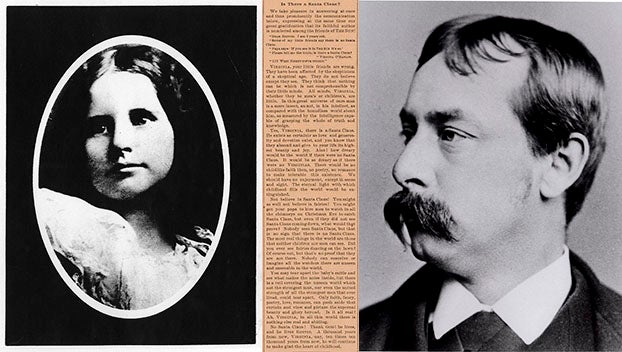Restructuring power in state government
Published 4:34 pm Tuesday, December 20, 2016
During the past week, there has been much upheaval surrounding the North Carolina General Assembly.
Between protests and long bills with different provisions tacked on, it’s hard to keep up with what is happening and what it means for North Carolinians, especially as many media outlets only state that the governor’s power is curbed.
Here’s a breakdown of the different parts of legislation at play, also known as House Bill 17:
- The state superintendent of public instruction now holds the power to appoint members to the State Board of Education. This was previously power held by the governor. The superintendent is also responsible for establishing and maintaining the Department of Public Instruction, including powers previously given to the State Board of Education. By moving the responsibility to the superintendent, the legislation in essence removes a lot of the governor’s power with the school system.
- The governor is no longer able to appoint members for the board of trustees of the University of North Carolina system. The General Assembly will assume that power, along with the usual appointees from the UNC Board of Governors.
- The governor must now have the Senate approve his appointments to various state departments.
The short version of it is a redistribution of power in state government. The General Assembly passed the bill late last week, and Gov. Pat McCrory signed it into law on Monday.
Whether for or against the changes, knowing the details of this legislation is essential, and so is getting the facts straight.
It is important to stay informed on these matters. It’s even more important, however, to not take information for granted, to question what is read or watched and to do some investigation on one’s own.
This is undoubtedly a time of transition in North Carolina. Be in the know.





